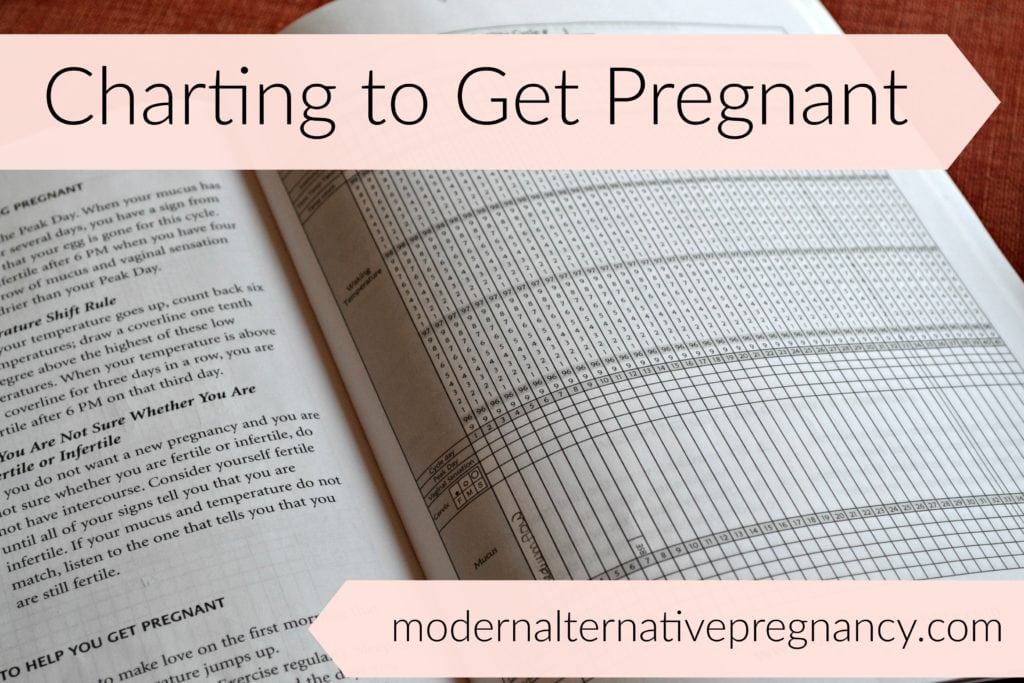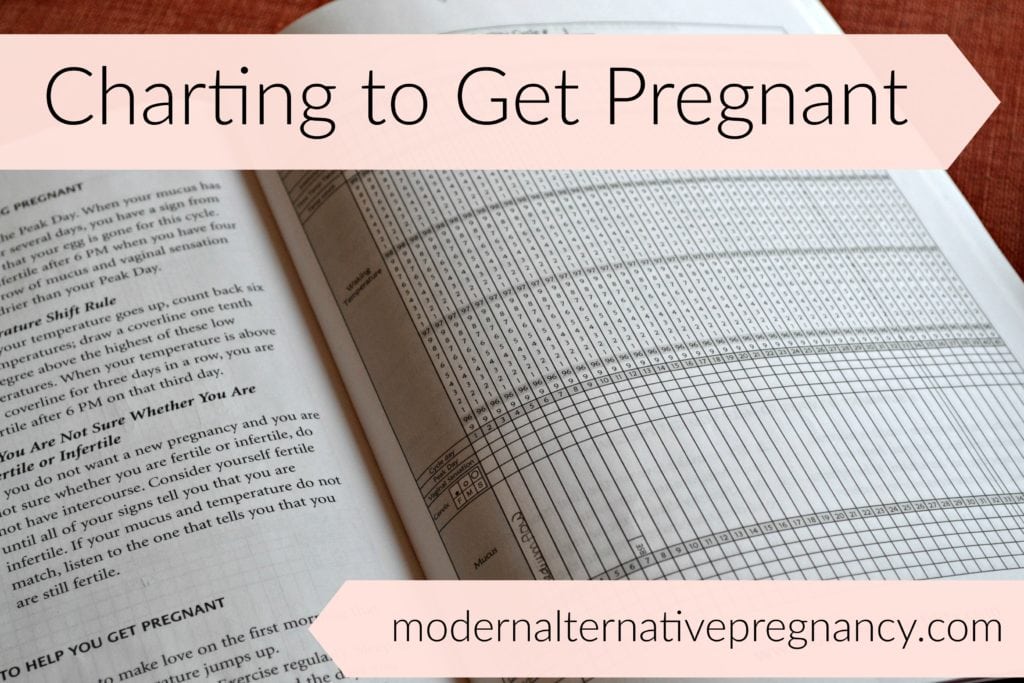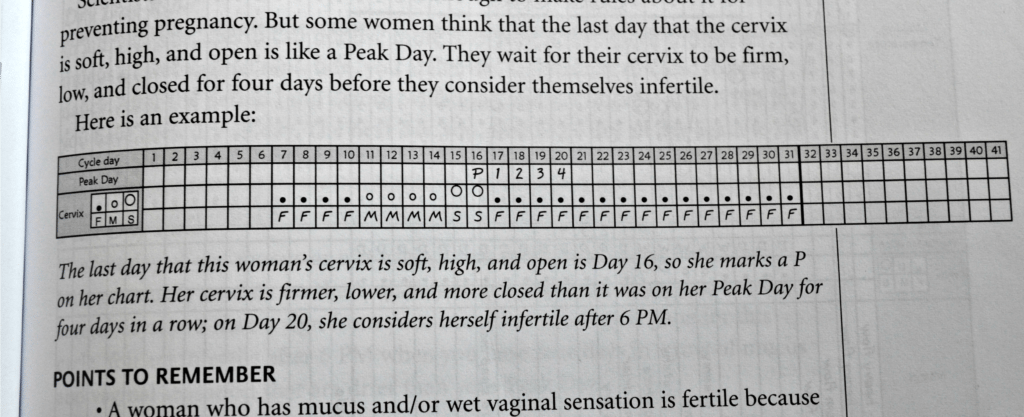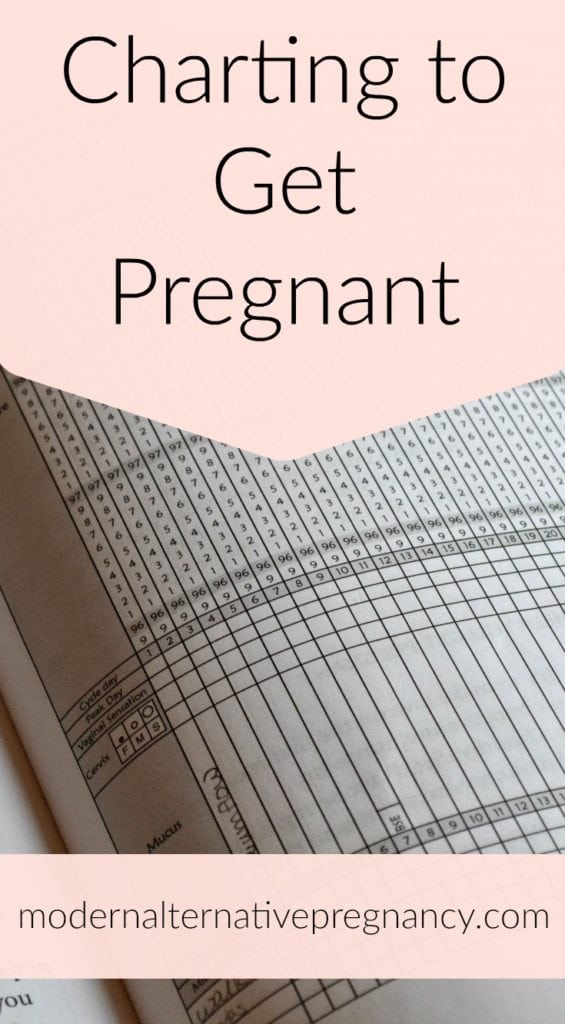By Jacki May, Contributing Writer
Shortly after my husband and I were married, we decided we would start trying to have a baby. So I took what knowledge I had read on the internet (not at all like it was today) that a female will ovulate on day 15 of her cycle. I marked the 15th day of my cycle on a calendar and then we conceived our first baby. Even with babies 2 and 3, we used this method to conceive. With baby number 4, well, you will have to read using the chart to know you are pregnant!
Little did I know at the time, this method is called FA (Fertility Awareness) or NFP (Natural Family Planning), and there is much more to it than how I used it.
This will be a three part post on charting. This week I am talking about charting to get pregnant. Next week, will be charting to avoid pregnancy, and the last week will be about using it to know whether you are pregnant.
I know that having a chart in hand can be beneficial and I am so grateful that Kathryn over at Spring Moon Fertility has free charts on her website.
Using NFP to Increase Chances of Pregnancy
If you haven’t been charting your cycles before, but are wanting to use it to get pregnant, give yourself about 3-4 cycles using NFP to learn about your cycles and when you tend to ovulate. I learned that I ovulate more on day 18 rather than day 15 (and apparently that is why I have all girls!).
There are the main things you record when you are charting: temperature, your cervix, and cervical fluid.
Temperature
Upon waking, before getting out of bed, take your temperature (oral). When you temperature “spikes” above your cover line temperature and stays above, this is an indicator that your egg is released…thus being your ovulation day. When trying to get pregnant, you want to have intercourse on this day.
The hardest part with using this is remembering to take it every morning, and it works best if you take it around the same time every day, which as a mom with young children, can be difficult. Some tips:
- Keep your chart and thermometer by your bedside.
- Look for a thermometer that remembers the last temperature taken so you can come back in the evening and write it in.
Cervix
When you are approaching ovulation, your cervix will change from low and firm to high and soft, making the environment more welcoming to sperm. For illustrative purposes, think of a firm cervix as feeling like the tip of your nose. A soft cervix will feel more like your tongue. Have intercourse when your cervix is high, soft, and open.
You can check your cervix every day after your menses is over. One easy way is sitting on the toilet before you go pee. You will mark it in your charts as F for firm, M for medium, and S for soft. In most charts, your will have a box for position and opening. A small filled in circle as the bottom of the box means your cervix is low and closed. An open circle at the top means your cervix was open and high. See the image below for an example.
Cervical Fluid
Sperm favors slick fluid that is stretchy, and egg white. As you move through your cycle you will notice your cervical fluid (sometimes present in your underwear) will change from thick and/or sticky, to milky or creamy, then slippery and egg white. When you cervical fluid is egg white, this is the perfect time to have intercourse. After the egg is released, you will notice your cervical fluid drying up, perhaps becoming sticky again. Sperm aren’t as mobile in sticky cervical fluid so it usually signifies the end of your ovulatory period.
On your chart, you will write in what you cervical fluid was like including if you egg white fluid was stretchy and how many inches you could stretch it between your fingers.
As mentioned previously, if you haven’t been charting, give yourself 3-4 cycles to become familiar with your cycle. You will then start to recognize your body’s signs for upcoming ovulation. Of course, this is also a great way to know if something is off, and a trip to the herbalist or doctor may be in order.
My favorite resources for charting are:
- Honoring Our Cycles by Katie Singer (includes charts)
- Taking Charge of Your Fertility by Toni Weschler, MPH (includes charts)
- Spring Moon Fertility (website, has free charts)










[…] Last
[…] they are having trouble getting pregnant is to learn about and understand in detail their cycle. Natural Family Planning is one method where a woman charts her cycle based on symptoms like temperature, cervical mucus, […]